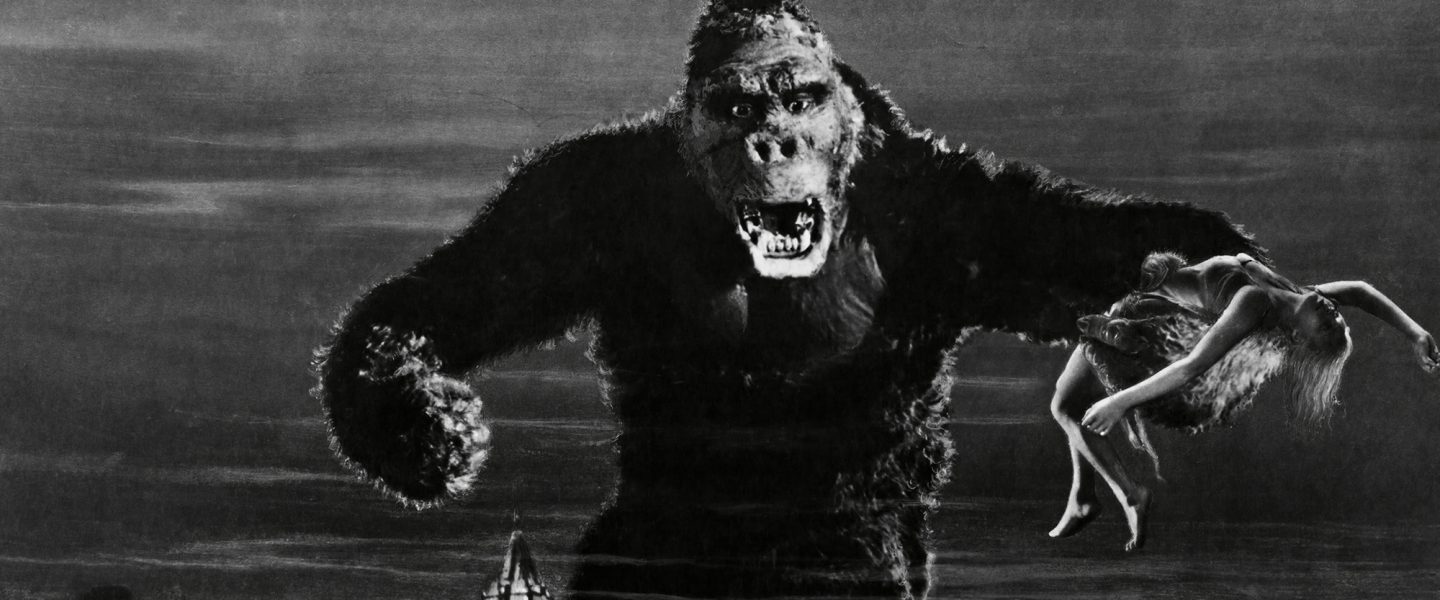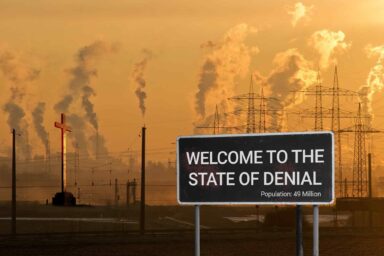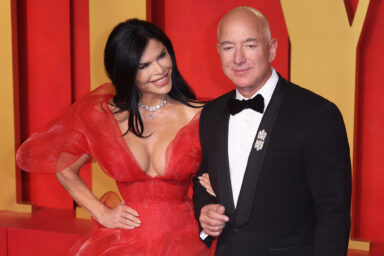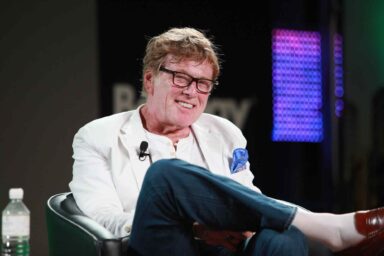And what is a soul anyway?
|
Listen To This Story
|
Since returning to New York City a year and a half ago, I keep having this eerie feeling that the city has, in some profound yet ineffable sense, lost its soul. What could I mean by that? What is a soul, anyway? Do cities even have them?
I’m excited to explore these metaphysical questions on the nature of the soul. But first, I want to discuss what has happened to New York City — why it seems so adrift here.
For many, living in New York always meant some degree of sacrifice. Certainly compared to Rome or Paris or many urban centers, much of the city is not beautiful or even appealing. Nature is in short supply here. Many neighborhoods — particularly lower income neighborhoods — are, in fact, brutally ugly, the concrete buildings almost vindictively utilitarian. Rent — and everything else — has always been absurdly expensive. While crime rates fluctuate from decade to decade, there is always risk.
Choosing to live here was always a trade-off. You traded aesthetics, comfort, a degree of personal safety, and reasonable costs for cultural excitement, for the opportunity to hobnob with extraordinary people, and for the possibility of achieving some outsized creative or entrepreneurial ambition.
I was born in Manhattan and spent a lot of my childhood ferrying on the M5 bus between the Upper West Side, where my mother lived, and SoHo, where my father had his loft. I tend to feel like an indigenous person who just happened to emanate from this particularly populous, convivial island. Over five decades, I have, by default, borne witness to the city’s many changes — architectural, cultural, anthropological.
Of course I don’t know how much of my sense that New York has stagnated, lost its soul — in some sense, let’s be honest, died — has to do with my age and over-familiarity with the city. It is quite likely that some inspired 20-somethings who just moved to the city are taking their first bike rides across the Brooklyn Bridge at this moment, feeling that exhilarating infusion of limitless possibility the city used to give me and my friends. I have asked around, however. Anecdotally, people I speak with from various generations and cliques confirm my intuition that the city’s pulse has, more or less, flatlined.
Right now, we are wandering around in the ruins and broken shards of a defunct civilization.
“New York” was always more than just a city. It was an idea, or a complex of ideas. It represented The New, progress, modernity, the cutting edge, the avant garde, globalization, transformation, and, also, power. It symbolized industrial and then postindustrial society’s irresistible momentum. New York was never concerned with the antiquated past; it targeted the next world — the one just over the horizon. It was the “melting pot” where both the elite and the outcast of all of the world’s cultures came together to meet each other, to drop the old feuds and obsolete ideologies (symbolized by the unfortunately creaky, dysfunctional UN), to forge the new thing.
To realize New York has lost its soul is to acknowledge that an entire ideology — of postmodern, transnational capitalism, the promise of a glittering techno-utopian future — has failed humanity.
Right now, we are wandering around in the ruins and broken shards of a defunct civilization. For various good reasons — children, careers, credit card debts — most people are still not reckoning with this. The people vaguely hope that someone, some group, will put the broken pieces back together again — that the illusion of normality will be restored. But in our hearts, we sense uneasily that this is not the case. Nobody knows where this thing is going, but it isn’t looking good.
These days, New York City feels distinctly uncared for. All over the city, retail outlets are empty and vacant. Lower Broadway is a ghost town. A lot of the office buildings seem half or three-quarters empty. Scaffolding goes up on many buildings and stays for years. Trash piles up everywhere. My neighborhood always suffered from a massive rat problem, but since restaurants put up their outdoor sheds with COVID-19, the rats have become an infestation.
The city seems to have more truly dangerous lunatics wandering — mad-eyed, homeless — than at any time since the mid-1970s Taxi Driver era. Prices for basic things have skyrocketed. New York is now the most expensive city in the world. A cappuccino and a croissant that might cost $5 at a cafe in Paris is $10–13 here. But even basic staples are exorbitant.
A number of factors help exacerbate the city’s decline. One of these is, of course, smartphones with their inevitable, ubiquitous earbuds that keep many people in a self-contained bubble.
Along with all of this, one can feel stress and sadness in people one passes in the street. A light has gone out of many people’s eyes here. Of course, there are also many thousands of young professionals — aspiring actors, artists, models, software engineers, entrepreneurs — who still enjoy the city’s smorgasbord of nightlife: bars, clubs, restaurants, etc. Not to mention the febrile hordes of college students, seeking cheap drinks and cheap thrills. But somehow (to me anyway) this increasingly feels like frantic, purposeless activity — a kind of simulation of life, rather than something truly aspirational or hopeful.
A number of factors help exacerbate the city’s decline. One of these is, of course, smartphones with their inevitable, ubiquitous earbuds that keep many people in a self-contained bubble. I woke up the other night remembering how much better life was, in reality, before smartphones (I suspect this will be the theme of an upcoming piece). It is not a good thing, in a city like New York, for people to be so utterly disconnected from each other.
New York was always a city of adjacent strangers, but this tendency is made much worse by these all-consuming, tragic devices, which the late Oliver Sacks rightly called “a neurological catastrophe.” The virtual has cannibalized, enervated, the real, to some degree.
There is also — I don’t like saying this — the influence of progressive woke culture and ideology. The academically inscribed hyperfocus on identity, victimization, and trauma further amps up anxiety and isolates people in their silos. I tend to feel, at this point, we might agree that everyone is traumatized. It doesn’t make much sense to argue over whose trauma is worse.
Cultural critic Lewis Mumford noted that capitalism makes all of us wake up each morning, look in the mirror, and ask ourselves, “What part of my personality can I sell today?”
Capitalism is inherently traumatizing because it converts all kinds of qualitative experiences and relationships into purely transactional, quantitative exchanges. Success in this society means learning how to constantly maximize your personal advantage over others, suppressing natural altruism. That is also traumatic.
Cultural critic Lewis Mumford noted that capitalism makes all of us wake up each morning, look in the mirror, and ask ourselves, “What part of my personality can I sell today?”
In future essays, I will explore the ideas of Korean-German philosopher Byung-Chul Han, who believes we have transitioned, over the last century, from an explicitly repressive “disciplinary society” to an “infocracy” defined by “psychopolitics.”
Today, we willingly surrender to a massive yet invisible surveillance-and-control complex via digital technology, while convincing ourselves we are liberated subjects based on the new ideology of “perpetual self-optimization.” At the same, there is less and less left to sell.
Han writes, “Perpetual self-optimization — as the exemplary neoliberal technology of the self — represents nothing so much as a highly efficient mode of domination and exploitation.” This is another leitmotif of our strangely detached time: We have over-individualized into “entrepreneurial selves,” programmed to fight for our personal success (and our families’) in various crowded career fields, while we lack actual communitas, connection to a human community that is place-based.
The extraordinary popularity of zombies in apocalyptic films, video games, and television series symbolizes mass loss-of-soul as a collective phenomenon.
Building community requires a commitment of time, energy, and political will. For most of us, due to the draining demands of this inhuman economic system, making such a commitment isn’t even a pipe dream at this point.
But what is the soul, you might ask?
Seeking answers to that question, I returned to an absolutely wonderful, little-known masterpiece I had the honor of publishing in the US a decade ago: Patrick Harpur’s The Secret Tradition of the Soul. I consider Harpur one of the greatest authors of our time. He deserves to be much more widely read and discussed.
Harpur explores a “secret tradition” in Western thought that embraces a vision beyond reductive materialism and rationality. This alchemical/Neoplatonic approach understands “our paradoxical condition — that we are born with souls yet also, in another sense, have to make them.” Harpur addresses an ancient “tradition of thinking — or, better yet, seeing — that asks us to see through our own suppositions about the world, to dissolve our certainties, to read many levels into the world as if it were a great poem, and, in changing our perception, to transform our lives.”
He admits that the soul is difficult to pin down, to precisely define. It can be differentiated from spirit, its polar opposite and complementary twin. Harpur writes:
If we believe that we have a soul, we tend to picture it vaguely — as some essence of ourselves, some core of our being that constitutes our “real” selves or our “higher selves.” Even if we are not specifically religious — Christians, for instance — we can all still resonate with the notion that there is some part of us that should not be sold, betrayed, or lost at any cost. We can understand the idea that we can “lose our souls” and still go on living, just as we can lose our lives but retain our souls. We still use the word “soul” to mean something real or authentic. Whenever music, dance, architecture, food — anything, really — is said to have soul, we mean that it is the real thing, that it speaks to the deepest part of ourselves.
The extraordinary popularity of zombies in apocalyptic films, video games, and television series symbolizes mass loss-of-soul as a collective phenomenon. In Zombies in Western Culture: A Twenty-First Century Crisis, John Vervaeke and his fellow authors see these zombie spectacles as revealing Western society’s gradually intensifying meaning-crisis, its loss of “the sacred canopy traditionally provided by Christianity,” and disintegration into nihilism.
Zombie spectacles parade our “spiritual bankruptcy” through “the vapid environment, the craving monster, the perverted transformation of world, the lack of instructive precedent, and the absence of an apparatus to treat or to explain.” While individuals can lose their souls and become zombies due to contagion, can you also have a zombie civilization, or a zombie city, characterized by collective soul-loss? I don’t see why not.
The sense that things are slowly losing their soulful essence has been recognized, by certain thinkers, for quite a while. A century ago, Walter Benjamin wrote in One Way Street: “Warmth is ebbing from things. The objects of daily use gently but insistently repel us. Day by day, in overcoming the sum of secret resistances — not only the overt ones — that they put in our way, we have an immense labor to perform. We must compensate with our warmth if they are not to freeze us to death.”
Next time, let’s think more about cities, things, and souls: The individual’s (immortal?) soul, the soul of cities, and anima mundi (the world soul). Hopefully we can explore where we find the antidote to this strange, dispossessed condition that has settled, like some filmy carapace or cocoon, over New York, as well as, in some broader, more amorphous sense, contemporary society as a whole.
A version of this piece was originally published in Daniel Pinchbeck’s newsletter.




